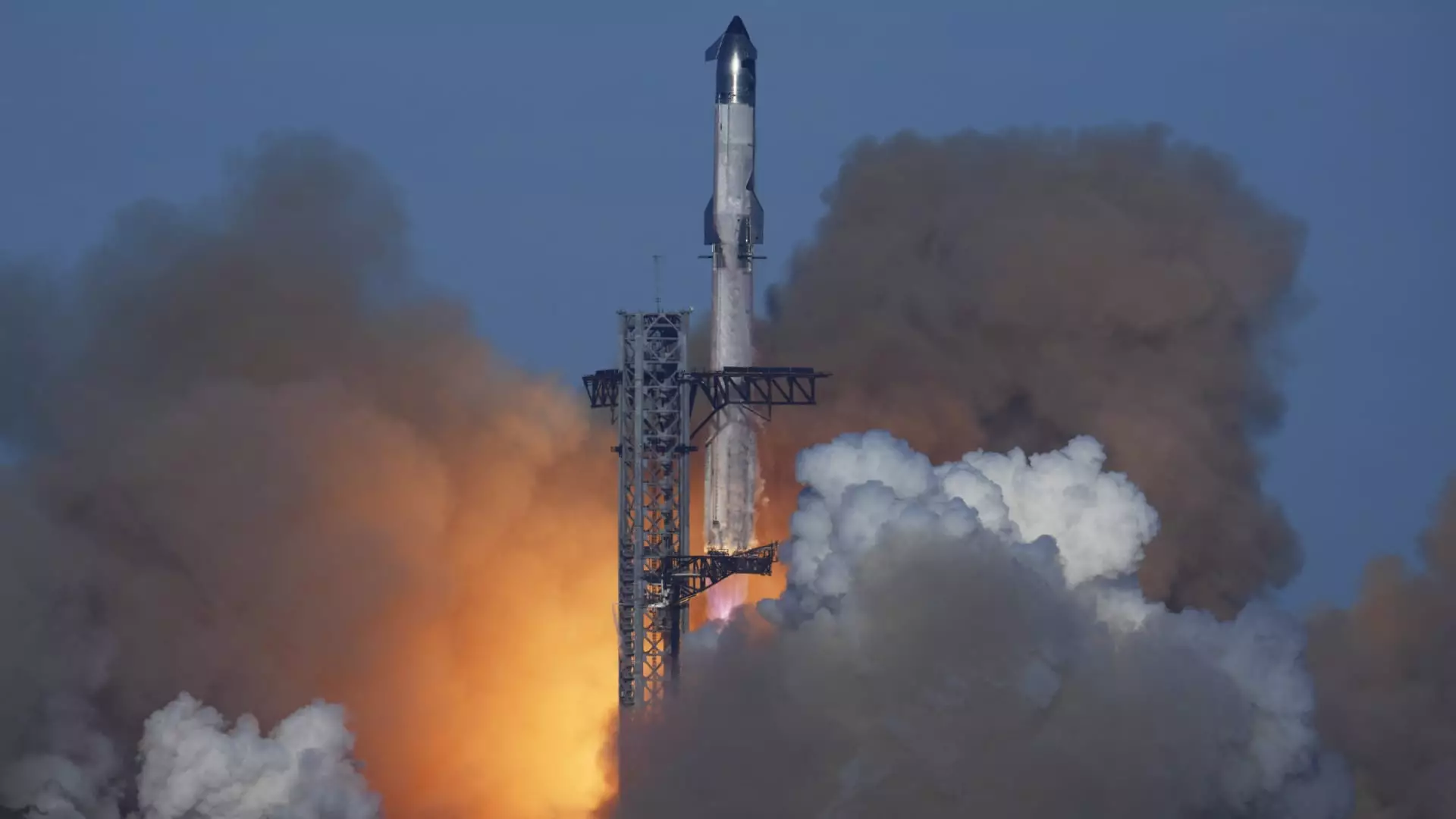On Friday, the Federal Aviation Administration (FAA) announced that SpaceX’s Starship program is on hold pending investigations into the midflight failure experienced during its latest test flight. This setback has significant repercussions, not only for SpaceX but also for various airlines that had to reroute flights in the aftermath of the launch. The FAA’s decision underscores the importance of regulatory oversight in the aviation and aerospace sectors, where safety is paramount.
Impact on Air Traffic
The explosion of the Starship rocket, which occurred shortly after takeoff on Thursday, unleashed debris that posed risks to nearby air traffic. Consequently, airlines such as American Airlines, JetBlue Airways, and Delta Air Lines faced hefty disruptions as they diverted dozens of flights to ensure passenger safety. This incident serves as a stark reminder of the intricate relationship between commercial space endeavors and the existing air traffic system. It raises questions about the protocols and communication channels that must be in place to mitigate risks during experimental space launches.
Public Safety and Property Damage
While the FAA reported no injuries to the public, it did acknowledge damage to public property in the Caribbean, specifically the Turks and Caicos islands, further complicating the incident. This aspect of the situation demands scrutiny regarding SpaceX’s operations in regions populated by civilian infrastructure. There is an inherent tension between advancing aerospace technology and ensuring the safety and rights of those living in close proximity to launch sites. The investigation will likely explore whether appropriate safety measures were in place before the launch.
A notable point of contention emerged from conflicting statements issued by SpaceX and the FAA regarding the debris management protocols activated during the launch. SpaceX initially indicated that debris from the rocket fell into the Atlantic Ocean within predefined hazard areas, a claim that the FAA contradicted when it announced the activation of a “Debris Response Area.” This discrepancy highlights the critical need for clear communication between commercial operators and regulatory agencies. Any lapses in this communication chain can not only lead to fragmented responses during emergencies, but they can also foster public distrust in the companies involved.
Looking ahead, SpaceX faces significant hurdles as it works to regain FAA approval for future Starship launches. The company must complete the ongoing investigation and implement any necessary corrective action as stipulated by the FAA. The outcome of this inquiry may set precedents for both regulatory practices in the aerospace industry and the future trajectory of reusable space vehicles. As SpaceX positions itself at the forefront of commercial space travel, it must balance innovation with accountability to ensure its operations do not compromise public safety or disrupt established air traffic networks.
In sum, the grounding of SpaceX’s Starship operations highlights the complexities and challenges of integrating commercial space ventures into existing aviation frameworks, necessitating an ongoing dialogue between innovators and regulators to foster safe and responsible exploration of the skies.

